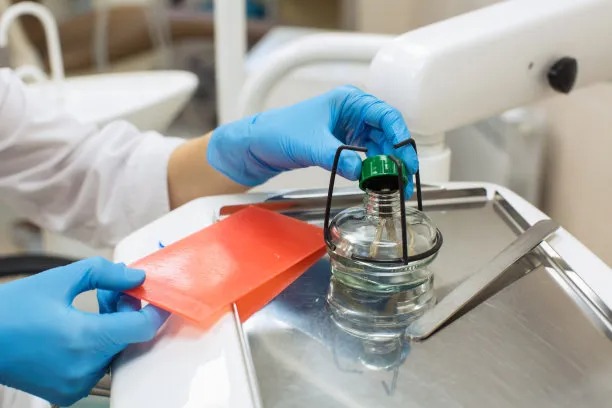The Complete Guide to Extracting a Tooth Safely and Comfortably for Better Dental Health
Summary: Extracting a tooth is a significant dental procedure that, when performed safely and comfortably, can lead to better dental health. This complete guide offers a detailed overview of the tooth extraction process, focusing on four key aspects: pre-extraction preparations, the extraction procedure, post-extraction care, and when to seek professional help. By understanding these elements, patients can alleviate their fears and ensure a smoother experience, ultimately contributing to their overall dental well-being.
1. Understanding Pre-Extraction Preparations

Before undergoing a tooth extraction, its crucial to prepare adequately to ensure a successful procedure. This includes scheduling a comprehensive dental examination, where the dentist can assess the tooths condition and your overall oral health. X-rays may be taken to visualize the roots of the tooth and surrounding bones, helping the dentist devise a personalized extraction plan.
Patients should also disclose any medical conditions, medications, or allergies during the consultation. This information allows the dentist to anticipate any complications and to provide the appropriate anesthetics while ensuring safety during the extraction.
Additionally, discussing sedation options can help ease any anxiety about the procedure. Patients may benefit from local anesthesia, nitrous oxide, or even sedation dentistry, depending on their comfort levels and the complexity of the extraction. Proper pre-extraction preparation sets the stage for a smoother experience.
2. The Tooth Extraction Procedure Explained
The extraction process begins once the preparations are complete and the patient is comfortably settled in the dental chair. After administering the chosen form of anesthesia, the dentist carefully loosens the tooth with special instruments. For teeth that are particularly stubborn or impacted, additional methods may be employed to ensure a safe removal.
During the procedure, patients should feel pressure but should not experience pain. Communication with the dentist is key; if discomfort arises, patients should inform the dentist immediately, who can adjust the anesthesia if needed. The extraction itself can vary in duration based on the complexity of the case, from simple extractions of visible teeth to surgical extractions that may require incisions in the gum.
After the tooth is removed, the dentist will provide care instructions and discuss the next steps, including managing any bleeding. Understanding the extraction procedure helps demystify it, allowing patients to feel more relaxed and in control.
3. Post-Extraction Care: Ensuring Recovery
Recovery after a tooth extraction is vital to avoid complications like dry socket and infections. Immediately following the procedure, patients are advised to rest for a few hours and to bite down on a gauze pad placed over the extraction site to help control bleeding. Regular changing of the gauze is encouraged as needed.
Patients should also pay attention to their diet in the days following the extraction. Soft foods such as yogurt, applesauce, and smoothies are ideal, while hot, spicy, or hard foods should be avoided to prevent irritation. Staying hydrated is essential, but using straws should be avoided, as the suction can disturb the healing site.
Monitoring the extraction site for any signs of infection or unusual symptoms is equally important. If fever, excessive swelling, or severe pain occurs, it’s crucial to contact the dentist promptly. Following these post-extraction care guidelines ensures a smoother recovery and promotes optimal dental health.
4. Recognizing When to Seek Professional Help
Even with careful preparation and post-extraction care, complications can sometimes arise. Patients should be aware of the signs that indicate the need for immediate dental attention. Persistent bleeding that does not subside after 24 hours, worsening pain beyond what is expected, or the development of fever are all red flags.
Additionally, if the extraction site develops unusual swelling or a foul odor, this may signal an infection or other post-operative complications. It’s important to trust one’s instincts; if there is concern about the healing process, contacting a dental professional is crucial.
Having a clear understanding of when to seek help contributes to better outcomes and enhances confidence in managing one’s dental health. Maintaining open lines of communication with a dentist is beneficial in navigating these situations and ensuring peace of mind.
Summary: The guide to extracting a tooth safely and comfortably is essential for those facing this dental procedure. By emphasizing the importance of preparation, understanding the extraction process, following meticulous post-care, and knowing when to seek professional help, patients can achieve better dental health. Each of these elements is integral to ensuring a positive experience and recovery.
This article is compiled by Vickong Dental and the content is for reference only.



